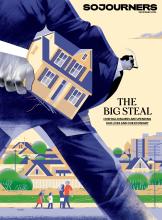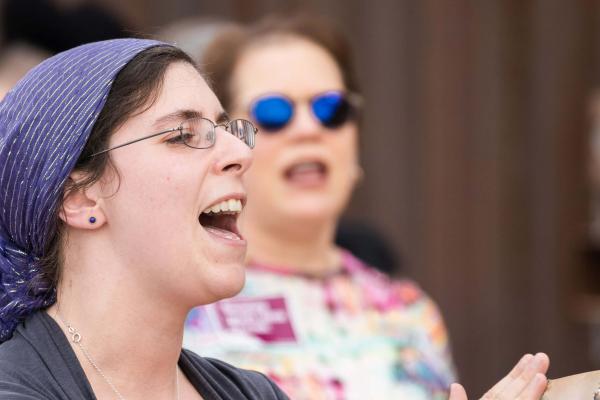Apr 17, 2019
It was Wednesday, March 27th. I was one of 20 rabbis and cantors, assembled by T’ruah: The Rabbinic Call for Human Rights and the Hebrew Immigrant Aid Society (HIAS), to witness and report on the border. A few hours earlier, CBP Commissioner Kevin McAleenan (now ICE’s acting director) had held a press conference at the same spot.
Read the Full Article

Already a subscriber? Login
